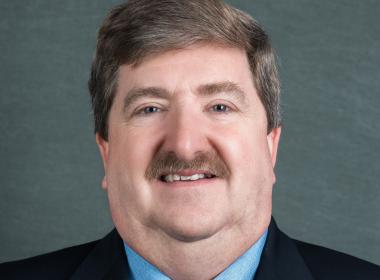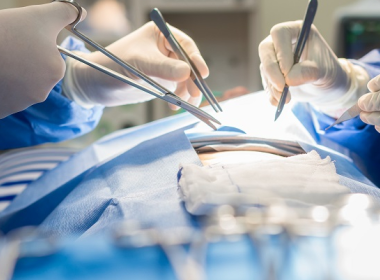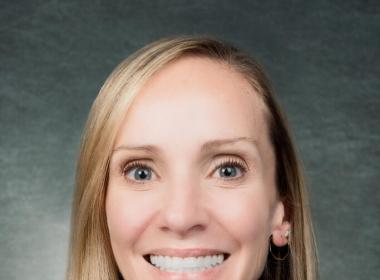Tethered Cord: Post-Operative Care Clinical Pathway Tethered cord occurs when the spinal cord is attached to tissues around the spine, most commonly at the base of the spine. The attached tissue limits the movement of the spinal cord within the spinal column and causes an abnormal stretching of the spinal cord and impairment of
Condition
Encephalocele What is a Cephalocele? A cephalocele is a rare condition where part of the brain or its covering pushes through an opening in the skull. These openings may be present from birth (congenital) or develop later in life (acquired). There are two main types of cephaloceles Specialty
Obesity & Weight Management At Connecticut Children’s, we believe in treating the whole child — not just the number on the scale. Our weight management services take a holistic, team-based approach to care that supports your child’s physical, emotional, and developmental health. When you come to us, you’ll Doctor
James E. Moore, MD, PhD, MBA President, Connecticut Children’s Specialty Group
- Specialties
- Neonatology

Septic Shock Clinical Pathway Sepsis is a leading cause of death among children. Survivors of sepsis may have long term sequelae. The World Health Organization calls for improvement in prevention, diagnosis, and management of sepsis. In 2024, the Society of Critical Care Medicine (SCCM) compiled new criteria
Article
First in Connecticut: Luna’s Story Technology that enables a devastating sports injury to heal itself? At Connecticut Children’s, it’s no longer beyond imagination. Connecticut Children’s recently became the first health system in Connecticut to use the BEAR® Implant to treat a torn anterior cruciate ligament (ACL Article
Women in Surgery Podcast: Operating Through Opportunities and Challenges By Christine Finck, MD, FACS: By: Christine Finck, MD, FACS The number of women surgeons in the United States is growing; however, it remains a field heavily dominated by men. In an effort to discuss and work to eliminate barriers, our Women in Surgery group at Connecticut Children’s has launched a new

Article
So Much for Effectively Managing My Travel Schedule! By Paul Dworkin, MD: I typically find the time between early fall and the winter holidays to be an incredibly busy travel period. I suspect that this is due to a combination of returning to full activity after the summer vacation lull and organizers attempting to schedule meetings prior to the
Article
Mastermind Advisor Spotlight: Paul Dworkin, MD Research shows 90% of children’s health is driven by the complex interplay between social, behavioral, environmental, and genetic/epigenetic factors. Connecticut Children’s Childhood Prosperity Lab (the Lab) incubates and accelerates social innovations that address social
Article
Mastermind Advisor Spotlight: Luis Rivera Research shows 90% of children’s health is driven by the complex interplay between social, behavioral, environmental, and genetic/epigenetic factors. Connecticut Children’s Childhood Prosperity Lab (the Lab) incubates and accelerates social innovations that address the social
5 Question to Ask Candidates If They Knock on Your Door Candidates who are running to be your state representative and state senator will likely knock on your door or call to ask for your vote before Election Day. Take this opportunity to highlight children's issues and find out where candidates stand on issues impacting kids’ health
Doctor
Grace Hong, APRN Nurse Practitioner, Infectious Disease & Immunology
- Specialties
- Infectious Diseases & Immunology

Condition
Curly Toes Curly toes are a common condition present at birth that affects infants and young children. It typically impacts the third and fourth toes on both feet, causing them to curl under due to tight tendons pulling one toe beneath the next. While often harmless, curly toes can Service/Program
Cardiac Magnetic Resonance Imaging Cardiac magnetic resonance imaging (MRI) is an important diagnostic tool in the care of pediatric and adult patients with congenital and acquired heart disease as well as patients with non-ischemic cardiomyopathy. Advantages include: Non-invasive evaluation of the heart’s anatomy